Boris Johnson’s “ventilator challenge” to British manufacturers failed to produce significant numbers of the devices in time for the peak of the pandemic, leaving the NHS with far fewer than ministers said was necessary.
The prime minister launched his challenge to much fanfare in March, with health secretary Matt Hancock stating at the start of April that the NHS needed “18,000 ventilators” within two weeks, as the peak of the crisis loomed.
But figures released by the Department of Health and Social Care show that the NHS (DHSC) only had 11,900 mechanical ventilators as of 6 May, when over 600 people a day were dying from Covid-19 – around 7,000 machines short of what ministers said was needed.
Download the new Independent Premium app
Sharing the full story, not just the headlines
Notably, the government’s figures show that just 344 of these new ventilators were produced by the new UK suppliers responding to the challenge, meaning the scheme only delivered a 4 per cent rise in the number of ventilators available before the crisis.
Justin Madders, Labour’s former shadow health minister, suggested the government’s actions over the devices were undermining public confidence.
“To get through this awful crisis together there must be absolute public trust that government plans are deliverable,” he told The Independent.
“Ministers, therefore, need to be realistic and candid with the public about what is possible. Only managing to make about a tenth of the ventilators that were promised back in March is yet another example of where the government’s promises have failed to materialise. Lessons must be learned as we continue to fight the virus.”
Mechanical ventilators are crucial for keeping the Covid-19 death toll down because they keep the most seriously ill patients breathing and alive while their bodies fight the illness.
The UK has the highest number of deaths in Europe, with around 44,000 so far, according to the Office for National Statistics.
Of the ventilators available to the NHS on 6 May, a further 118 were produced by established UK suppliers, while the bulk of the increase in devices was acquired from elsewhere.
The latest news on Brexit, politics and beyond direct to your inbox
Downing Street claimed on 27 March as the crisis began in earnest that a further 8,000 ventilators were “expected from existing UK and international manufacturers in the next few weeks”, but these never materialised.
In reality, even now the DHSC says the total number available to the NHS as of 19 May is still only around 13,000, short of the original promised devices Downing Street claimed would be delivered within “weeks” back in March. Of these, the government says 1,969 were produced by UK manufacturers.
A DHSC spokesperson argued that the government had, in fact, met its 18,000 target, claiming that the health secretary was referring not just to mechanical ventilators but to “non-invasive” breathing apparatus, which should be counted.
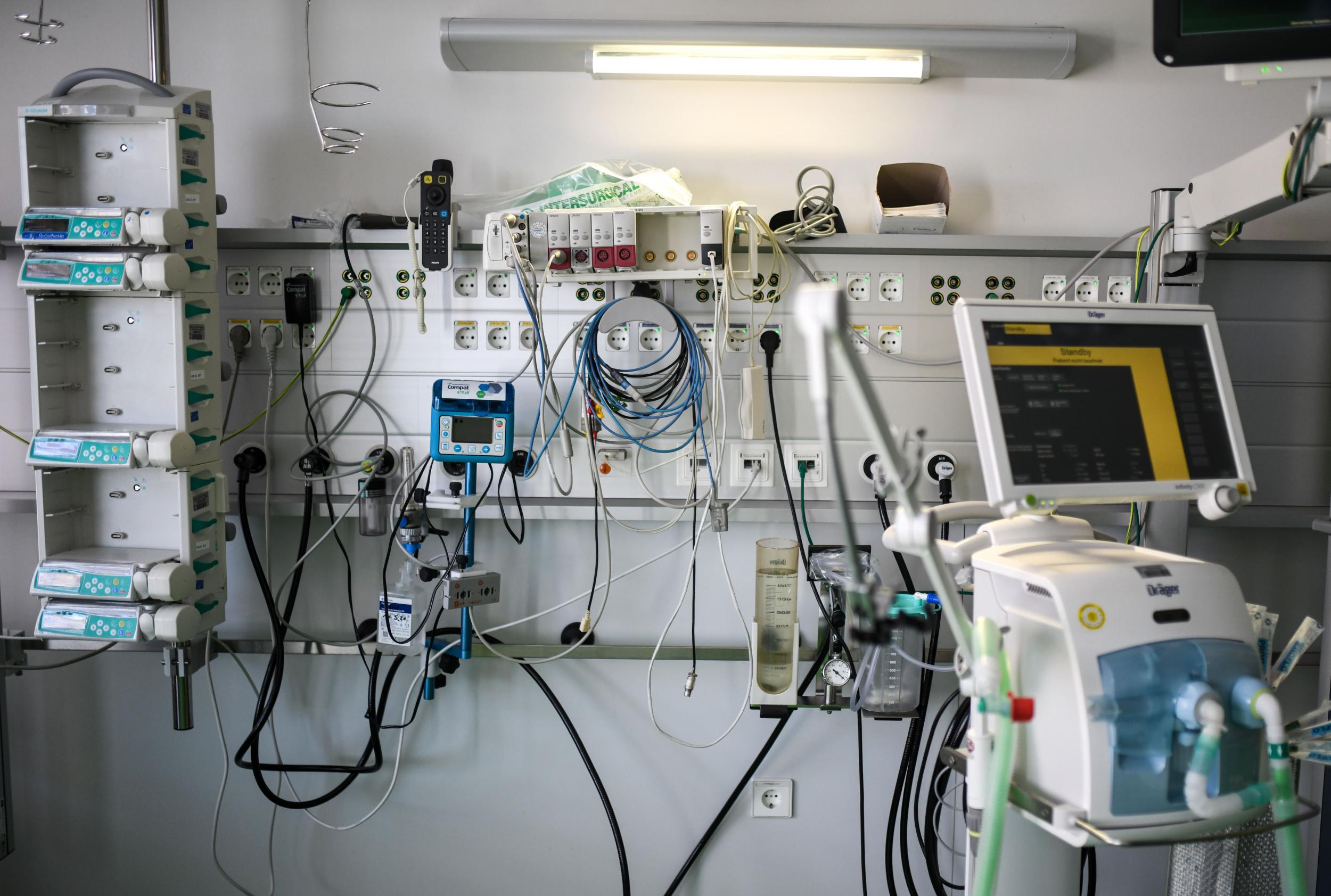
But a look back at statements from ministers and senior officials appears to contradict this version of the target. On 5 April, Mr Hancock referred to the figures for mechanical ventilators when laying out the need for 18,000 ventilators, while NHS chief Sir Simon Stevens was also clear at a Health Select Committee hearing on 17 March that the procurement effort was for mechanical ventilators.
“As of today we have 6,699 adult mechanical ventilators in operation in the NHS, together with 750 paediatric mechanical ventilators which can be repurposed, an estimated 691 in the private sector and 35 in the ministry of defence. So in the round we have 8,175,” he said in the 17 March session at the start of the crisis.
“For some weeks now we have been out preparing and procuring mechanical ventilators and can see a line of sight over the next several weeks to 3,799 bringing the total to just under 12,000.
“In addition to that, you may have seen that the prime minister hosted a call to the manufacturing sector seeking to bring new supply into the country for mechanical ventilation and we have set an open-ended goal for what that might be.”
Mr Hancock himself has said “no number is too high” when it comes to ventilators, though the DHSC said everyone who has ventilator needed one. They were also unable to produce any evidence that non-invasive ventilators were always meant to be included in the target, but suggested Mr Hancock had used the figures for the mechanical ventilators when discussing the issue because no other figures were available.
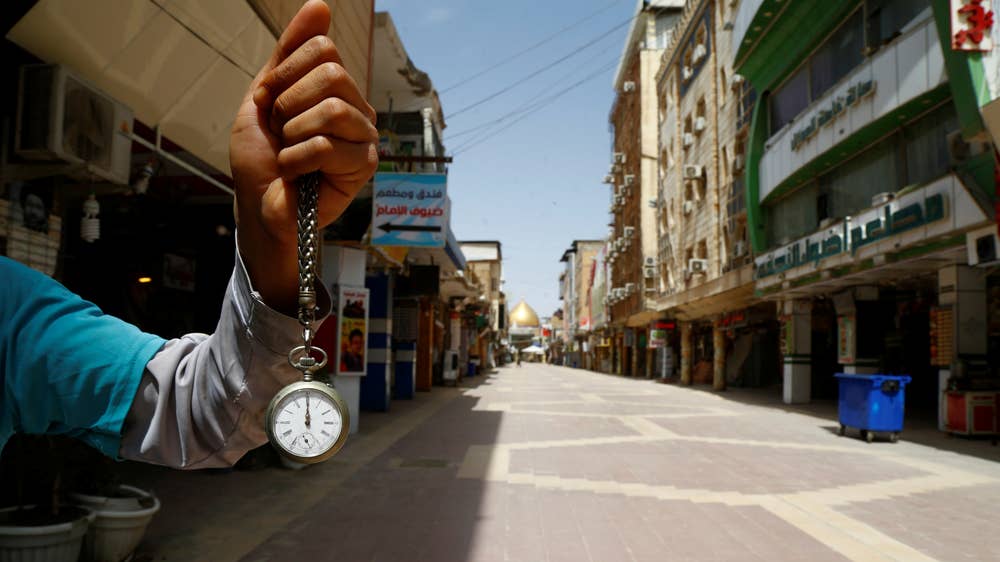
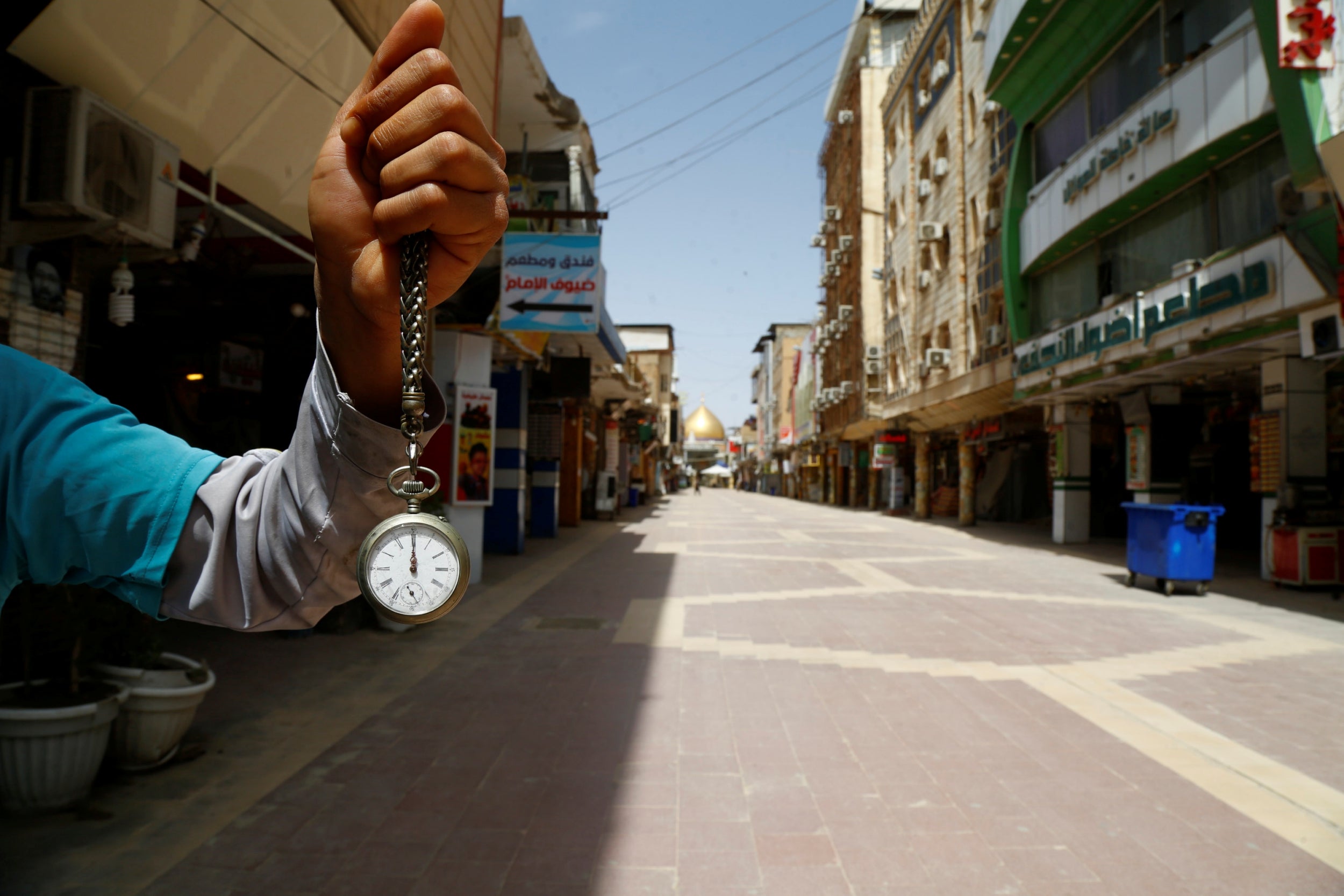
1/18 Najaf, Iraq
A man holds a pocket watch at noon, at an almost empty market near the Imam Ali shrine
Reuters
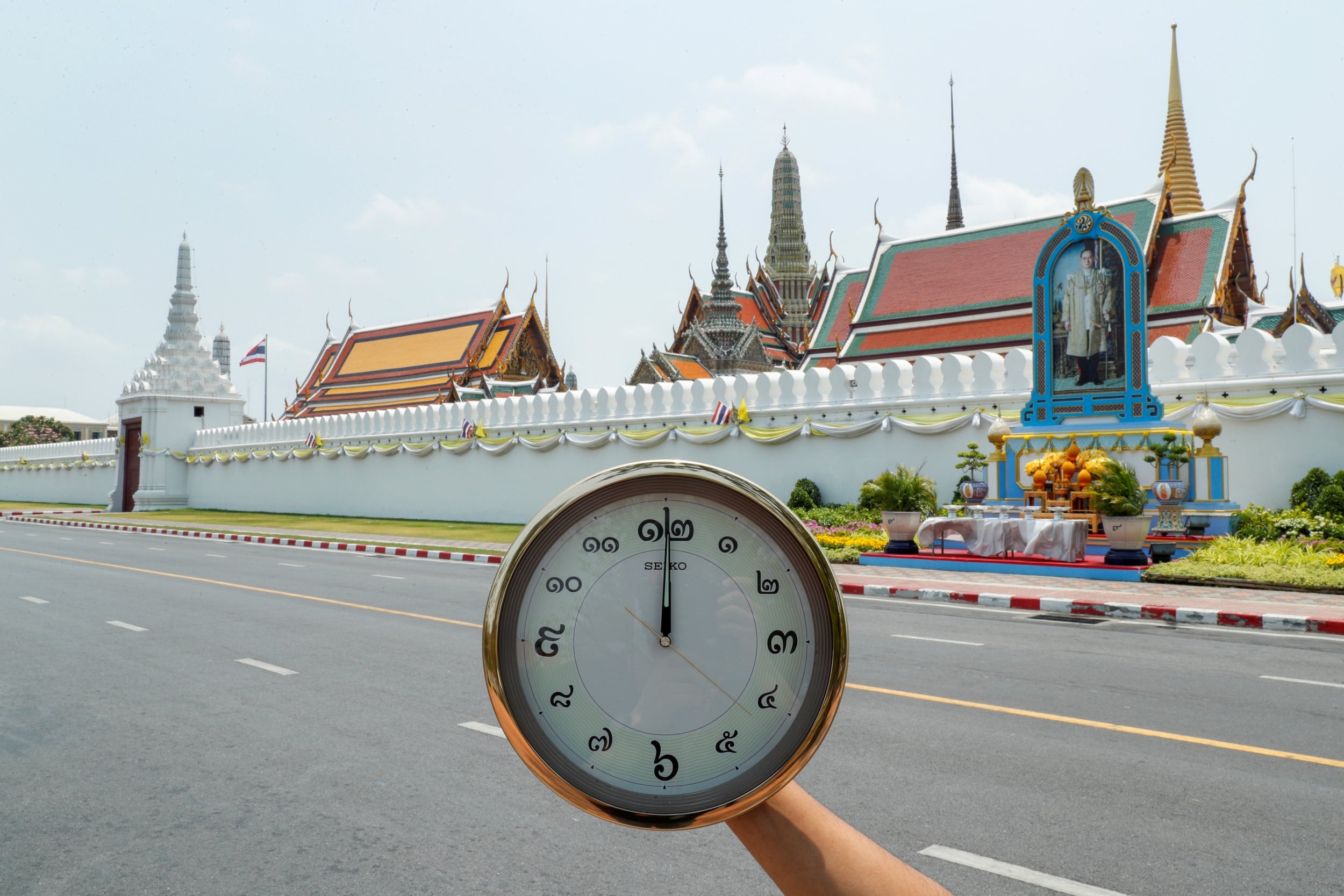
2/18 Bangkok, Thailand
Wat Phra Si Rattana Satsadaram (The Temple of the Emerald Buddha, part of The Grand Palace)
Reuters
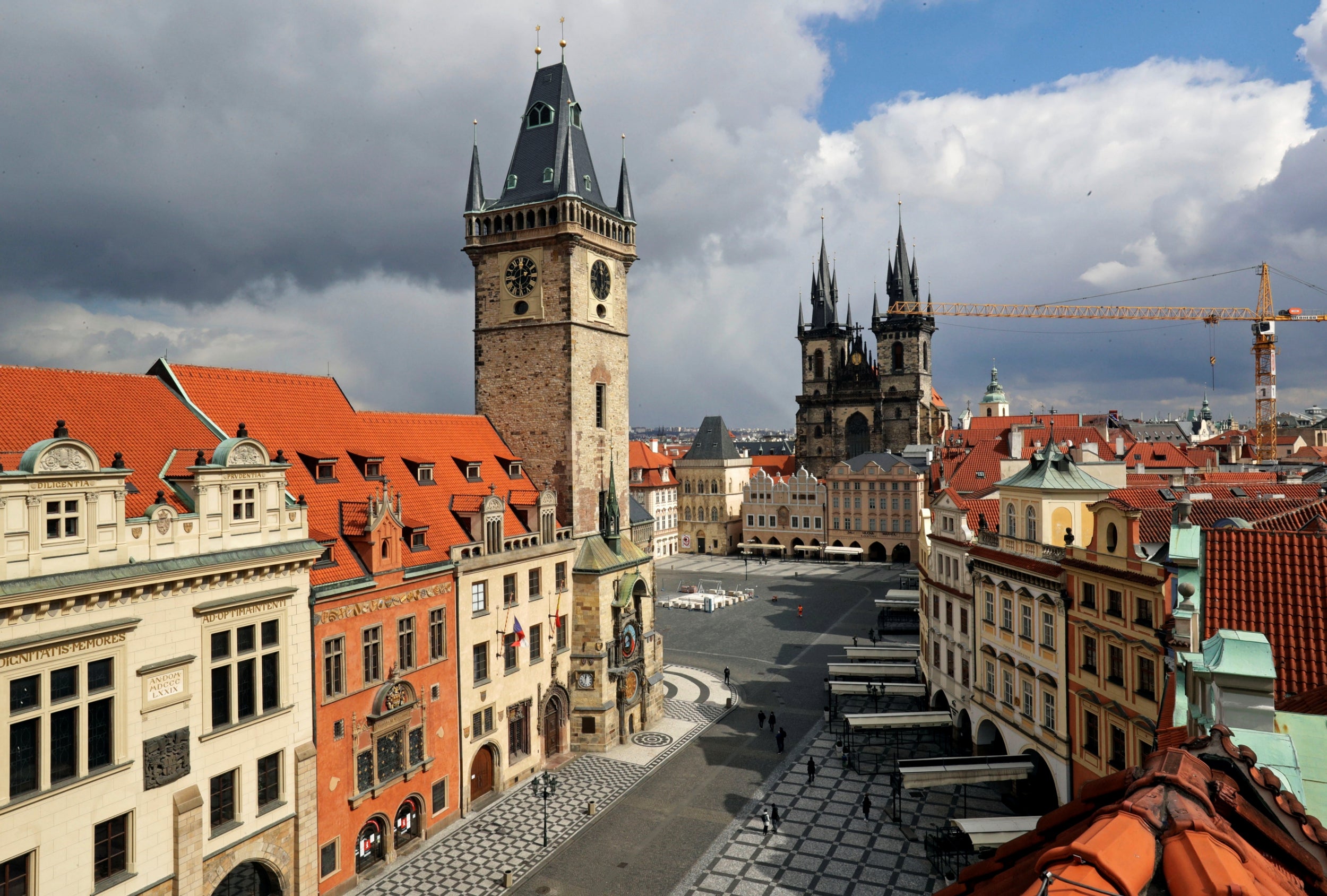
3/18 Prague, Czech Republic
An empty street leading to the historic Old Town Square
Reuters
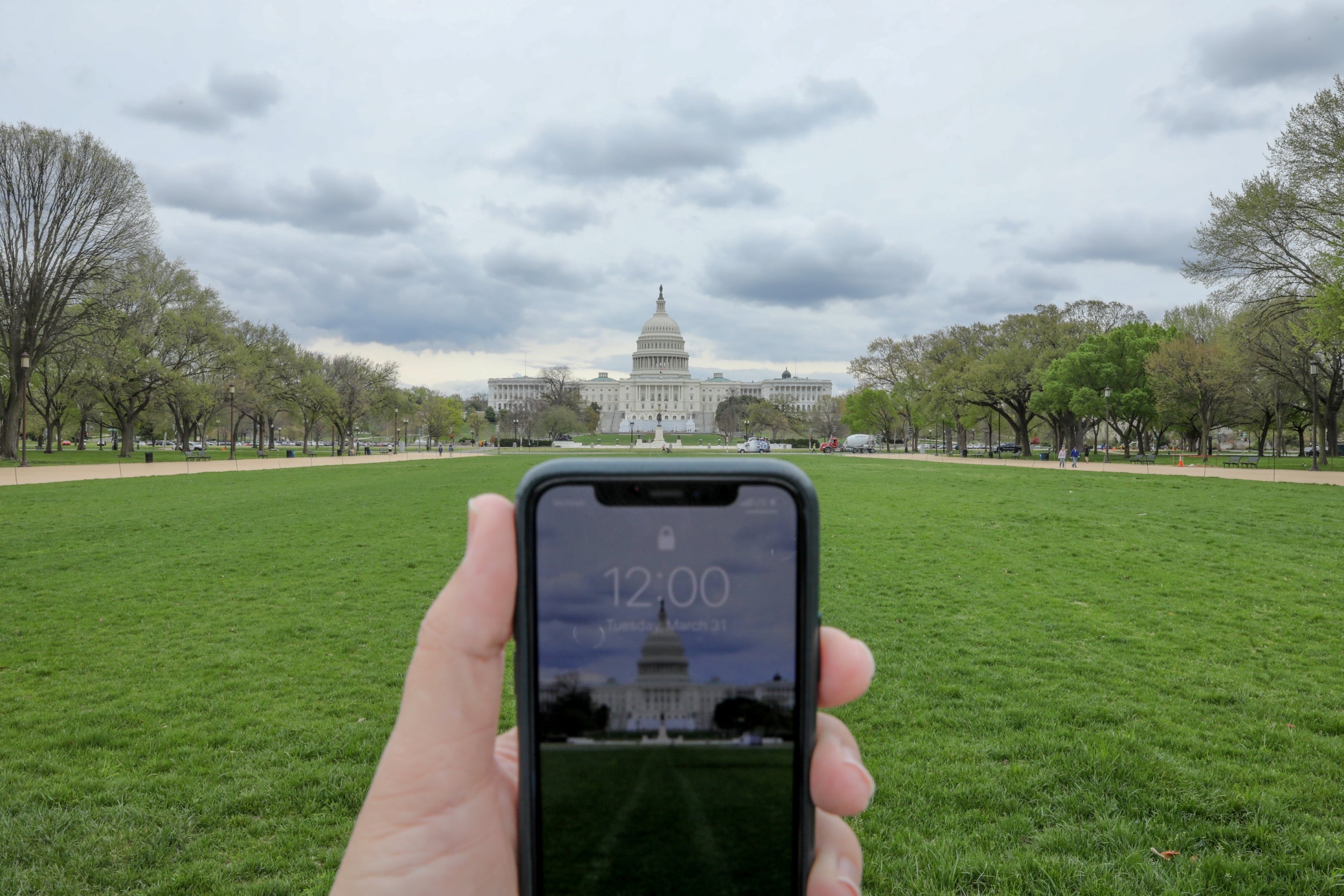
4/18 Washington DC, US
Lawn stretching towards the Capitol, home of Congress
Reuters

5/18 Jerusalem’s Old City
A watch showing the time in front of Damascus Gate
Reuters
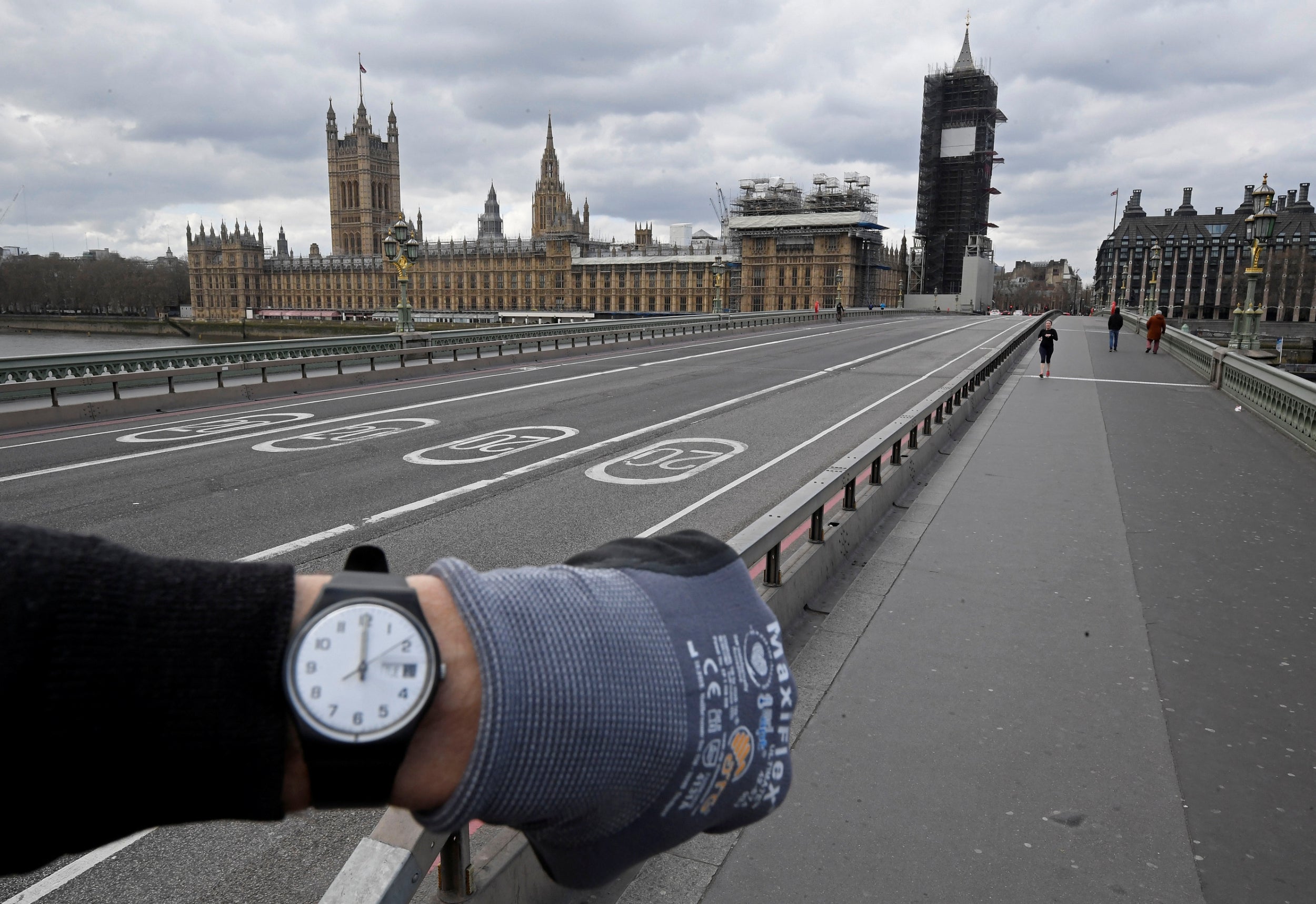
6/18 London, UK
The Houses of Parliament seen from Westminster Bridge
Reuters

7/18 Wuhan, China
Empty lanes in the city that saw the first outbreak of disease
Reuters
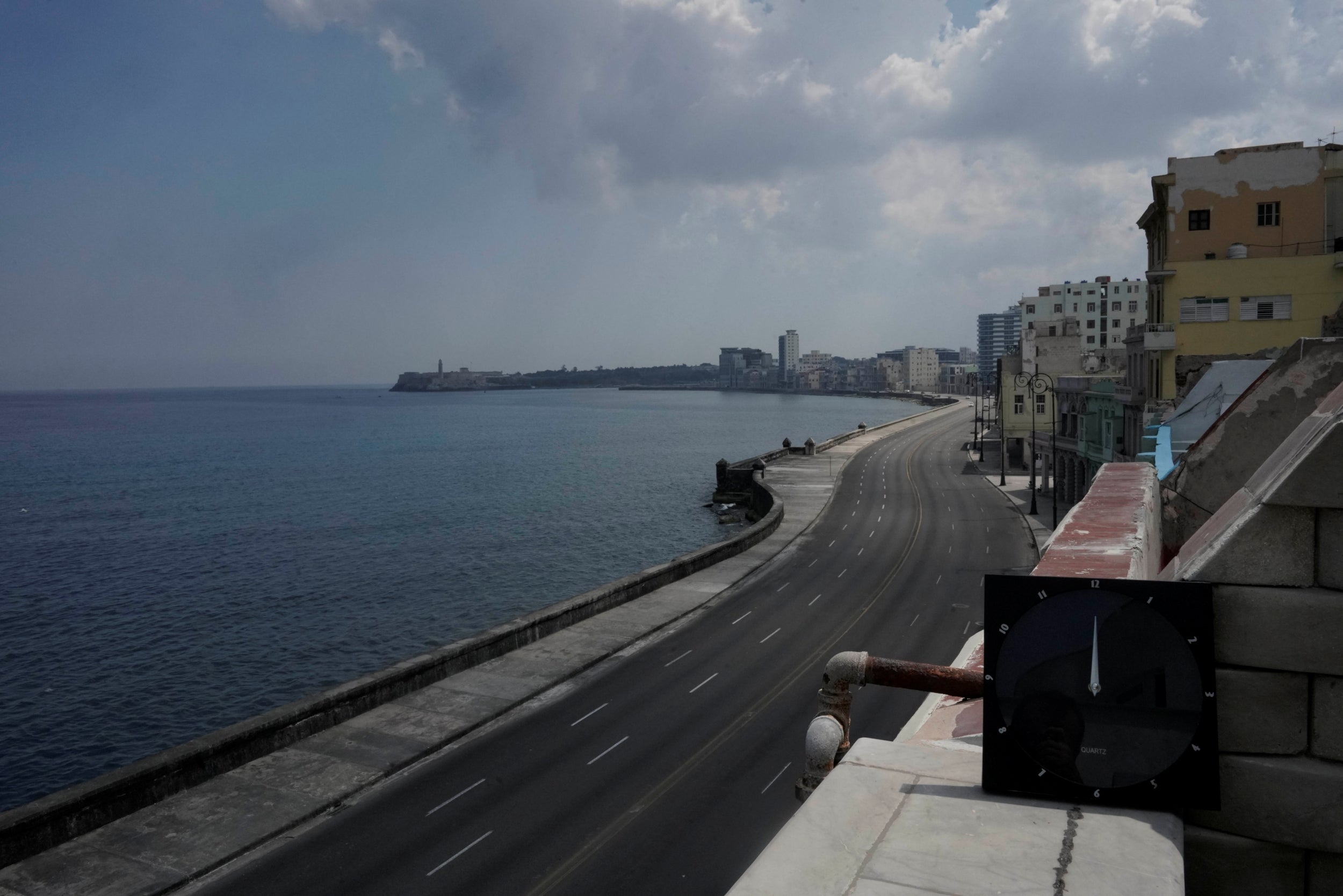
8/18 Havana, Cuba
The Malecon road and esplanade winds along the city’s seafront
Reuters
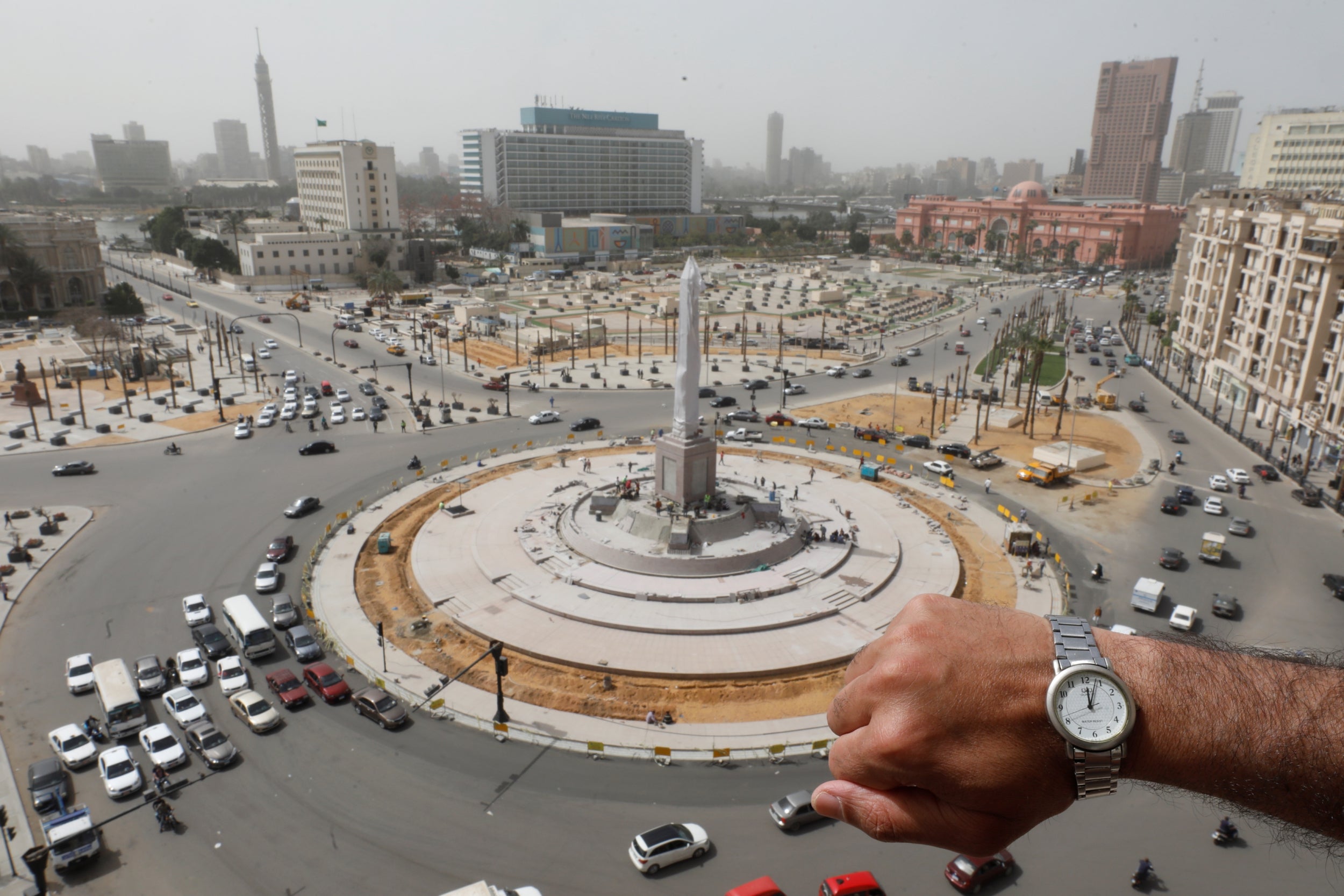
9/18 Cairo, Egypt
A little busier than elsewhere: midday traffic in Tahrir Square
Reuters
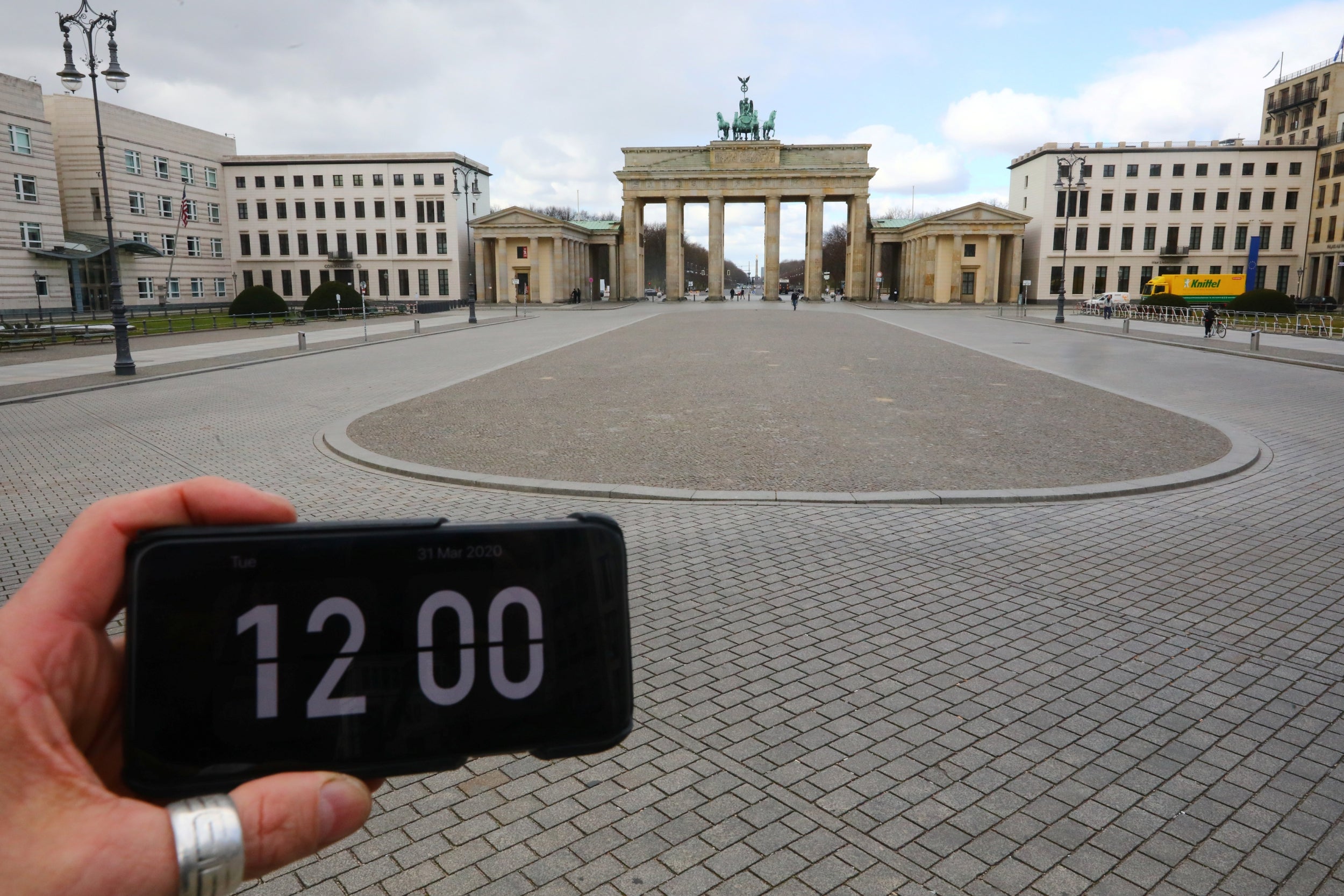
10/18 Berlin, Germany
The Brandenburg Gate, the only surviving city gate in the capital
Reuters
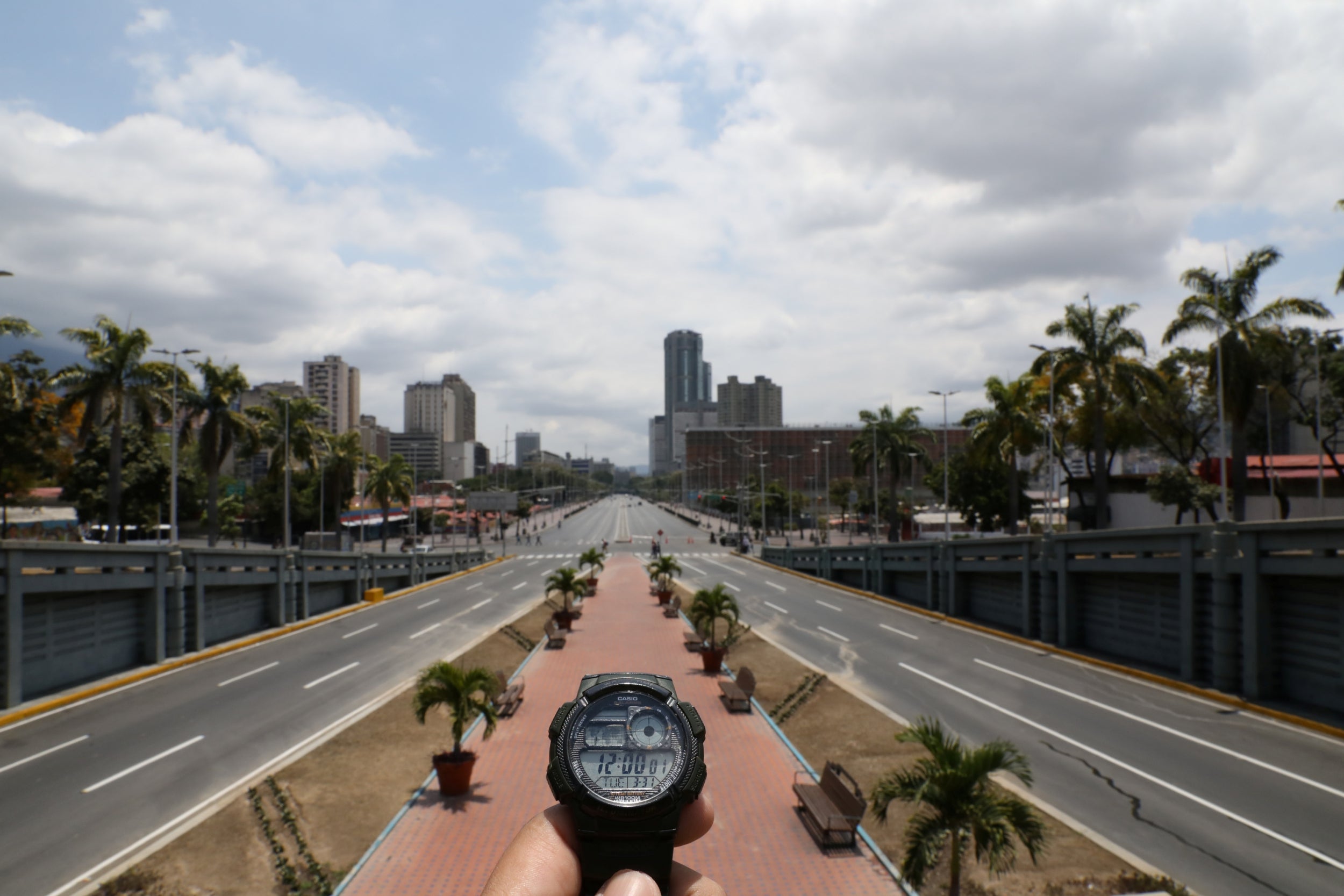
11/18 Caracas, Venezuela
Bolivar Avenue, opened in 1949 and the site of many demonstrations and rallies
Reuters
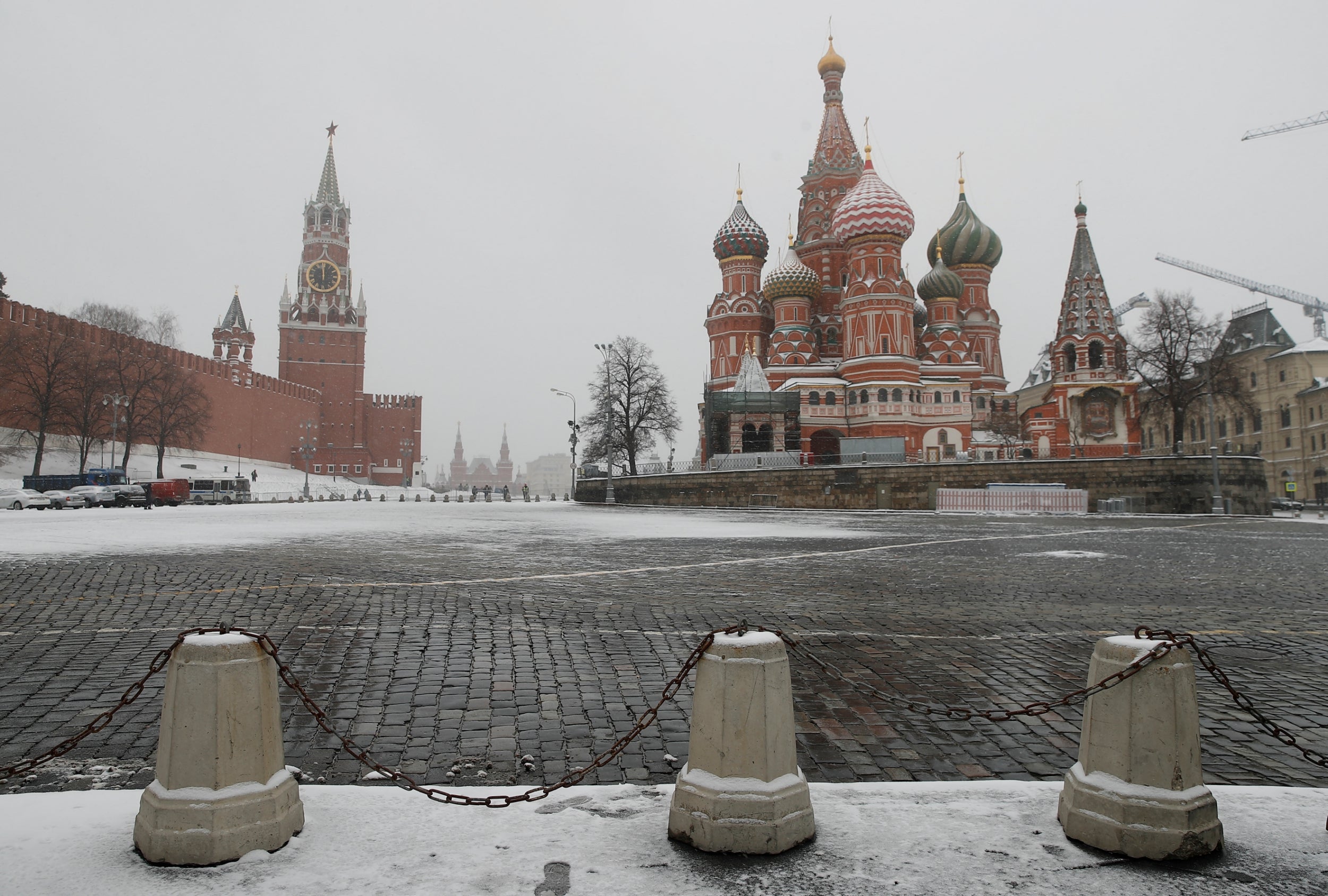
12/18 Moscow, Russia
Spasskaya Tower (left) on the eastern wall of the Kremlin, and St Basil’s Cathedral
Reuters
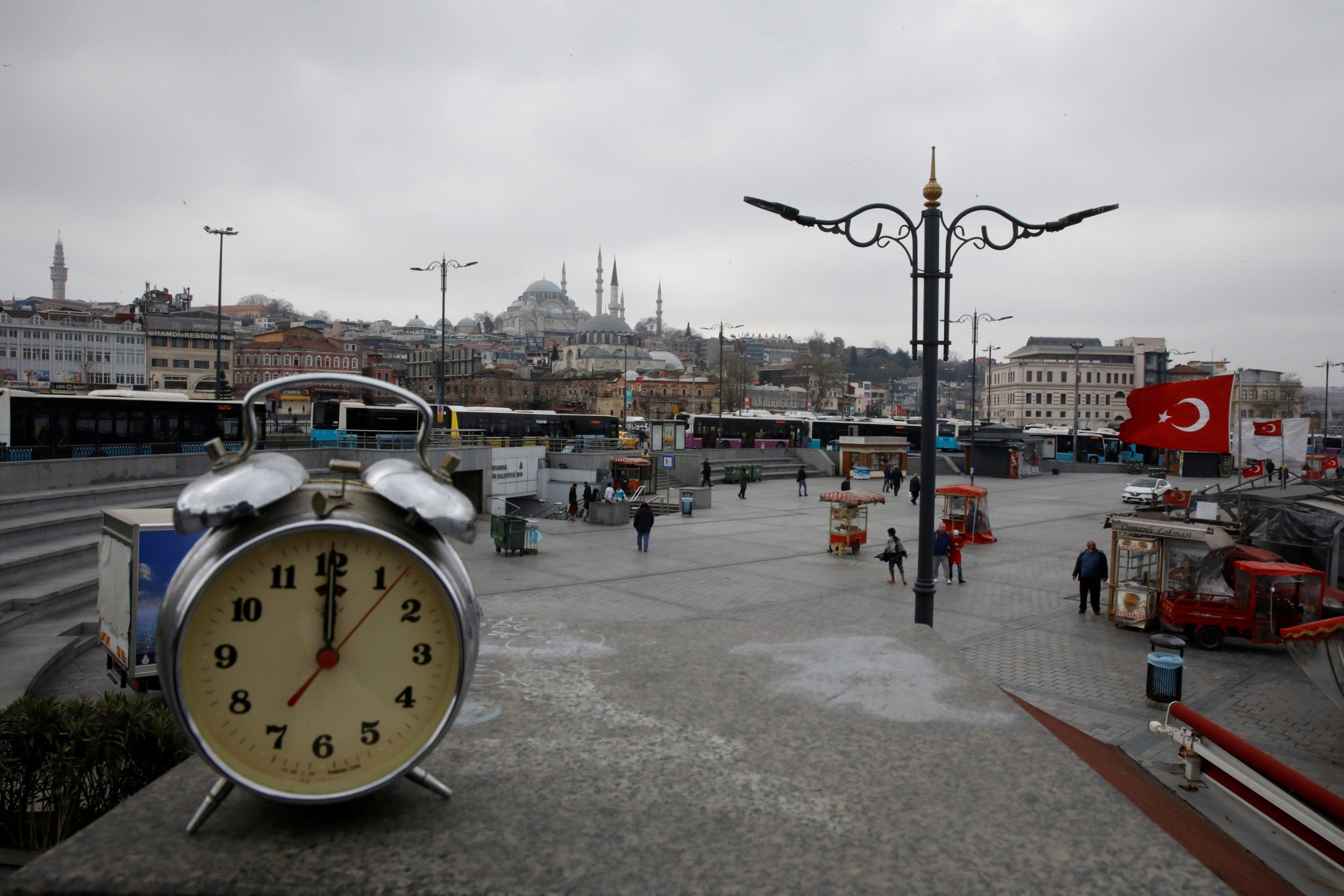
13/18 Istanbul,Turkey
The harbourside Eminonu district is usually buzzing with activity
Reuters
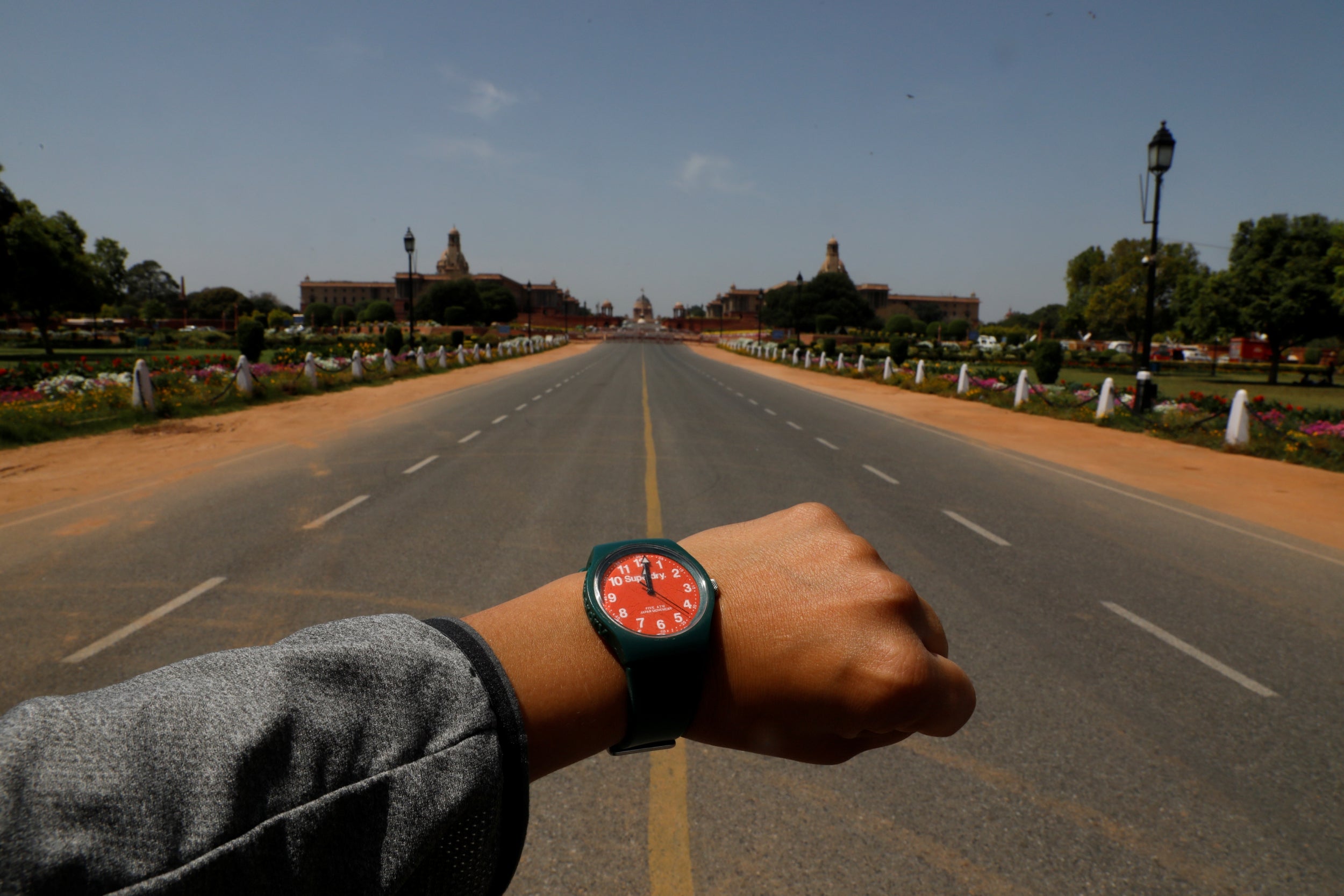
14/18 New Delhi, India
Rajpath, a ceremonial boulevard that runs through the capital
Reuters
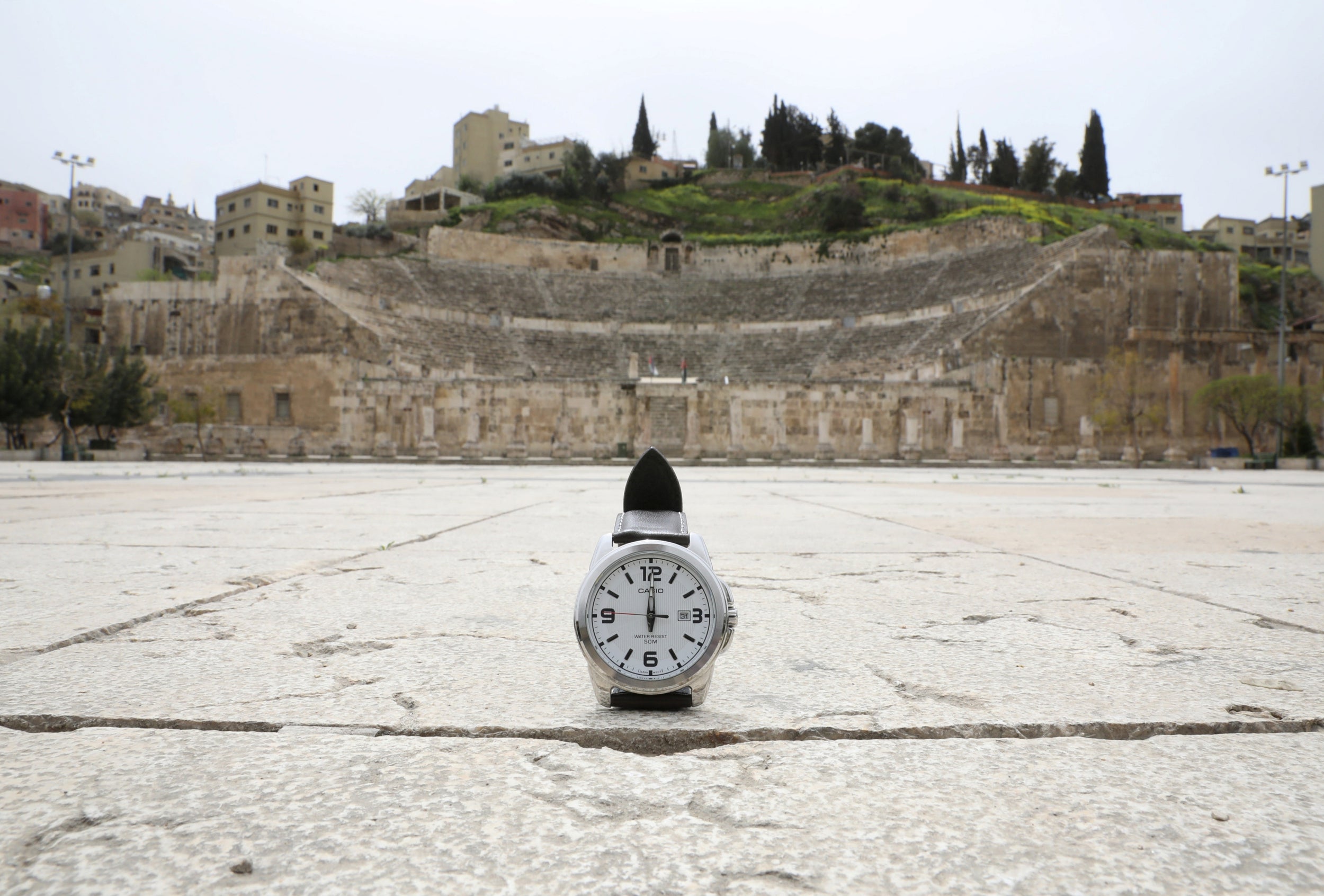
15/18 Amman, Jordan
The Roman amphitheatre that dates back to the 2nd century AD
Reuters

16/18 New York City, US
The main concourse of Grand Central station in Manhattan
Reuters
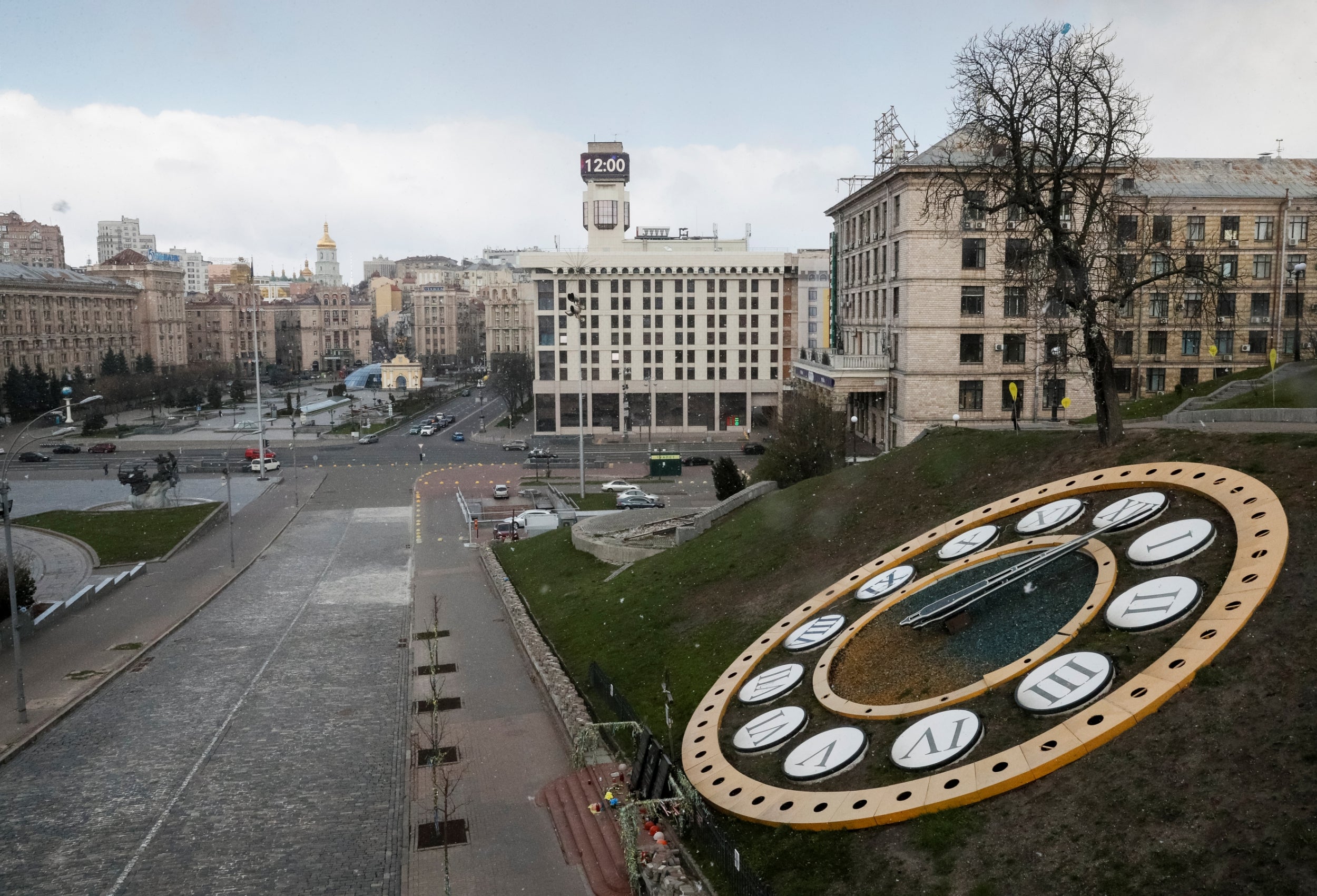
17/18 Kiev, Ukraine
Maidan Nezalezhnosti, the site of many political protests since the end of the Soviet era
Reuters
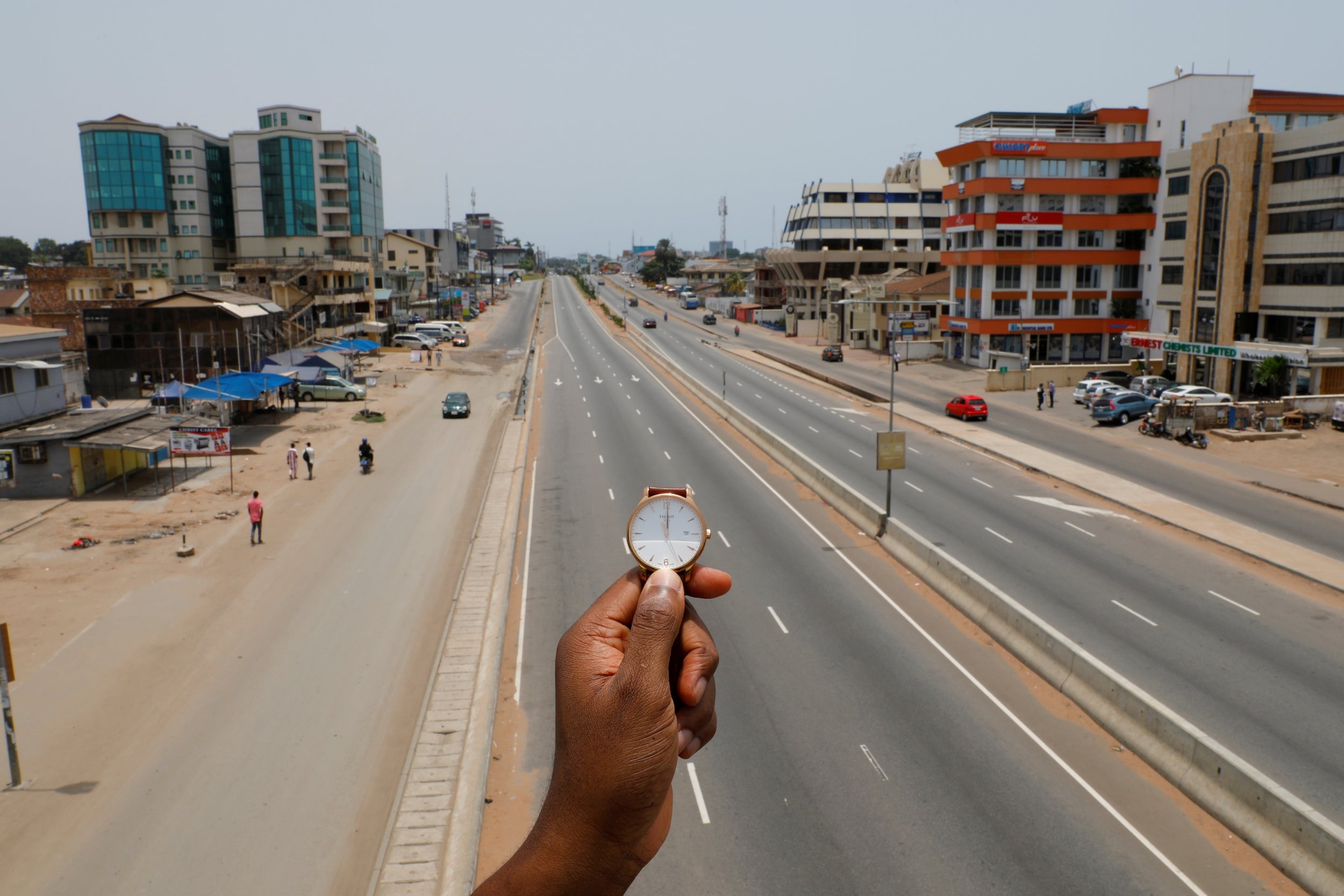
18/18 Accra, Ghana
The odd walker out in the midday sun on Ring Road Central
Reuters

1/18 Najaf, Iraq
A man holds a pocket watch at noon, at an almost empty market near the Imam Ali shrine
Reuters

2/18 Bangkok, Thailand
Wat Phra Si Rattana Satsadaram (The Temple of the Emerald Buddha, part of The Grand Palace)
Reuters

3/18 Prague, Czech Republic
An empty street leading to the historic Old Town Square
Reuters

4/18 Washington DC, US
Lawn stretching towards the Capitol, home of Congress
Reuters

5/18 Jerusalem’s Old City
A watch showing the time in front of Damascus Gate
Reuters

6/18 London, UK
The Houses of Parliament seen from Westminster Bridge
Reuters

7/18 Wuhan, China
Empty lanes in the city that saw the first outbreak of disease
Reuters

8/18 Havana, Cuba
The Malecon road and esplanade winds along the city’s seafront
Reuters

9/18 Cairo, Egypt
A little busier than elsewhere: midday traffic in Tahrir Square
Reuters

10/18 Berlin, Germany
The Brandenburg Gate, the only surviving city gate in the capital
Reuters

11/18 Caracas, Venezuela
Bolivar Avenue, opened in 1949 and the site of many demonstrations and rallies
Reuters

12/18 Moscow, Russia
Spasskaya Tower (left) on the eastern wall of the Kremlin, and St Basil’s Cathedral
Reuters

13/18 Istanbul,Turkey
The harbourside Eminonu district is usually buzzing with activity
Reuters

14/18 New Delhi, India
Rajpath, a ceremonial boulevard that runs through the capital
Reuters

15/18 Amman, Jordan
The Roman amphitheatre that dates back to the 2nd century AD
Reuters

16/18 New York City, US
The main concourse of Grand Central station in Manhattan
Reuters

17/18 Kiev, Ukraine
Maidan Nezalezhnosti, the site of many political protests since the end of the Soviet era
Reuters

18/18 Accra, Ghana
The odd walker out in the midday sun on Ring Road Central
Reuters
The confusion over the target follows a row over the government’s disputed claim to have met a separate self-imposed goal on Covid-19 testing. The government had also tried to redefine what meeting the target would mean, counting thousands of tests that had merely been posted to a university in a single day, artificially putting it over the line before the deadline despite those people not actually being tested.
Munira Wilson, the Liberal Democrats’ spokesperson for health and social care, said: “Throughout the coronavirus crisis, ministers have consistently put in place arbitrary targets where they have either fiddled the figures or failed to meet to them in an obvious attempt to chase media headlines. Instead, ministers should have been trying to get a grip on the crisis, whether it was increasing the availability and speed of tests, the number of tracers hired, or in this case the number of ventilators.
“The figures this morning showing that over 44,000 have now tragically lost their lives due to the virus will shock many. The government must focus on ramping up measures that will actually help prevent further deaths, especially as lockdown measures begin to be relaxed, by ensuring we have a robust system to test, trace and isolate to keep people safe rather than setting any more arbitrary targets.”
A DHSC spokesperson said: “We have exceeded our target of increasing the number of ventilators by 18,000. Thanks to decisive government action, everyone who has needed a ventilator during this unprecedented pandemic has had access to one.”



